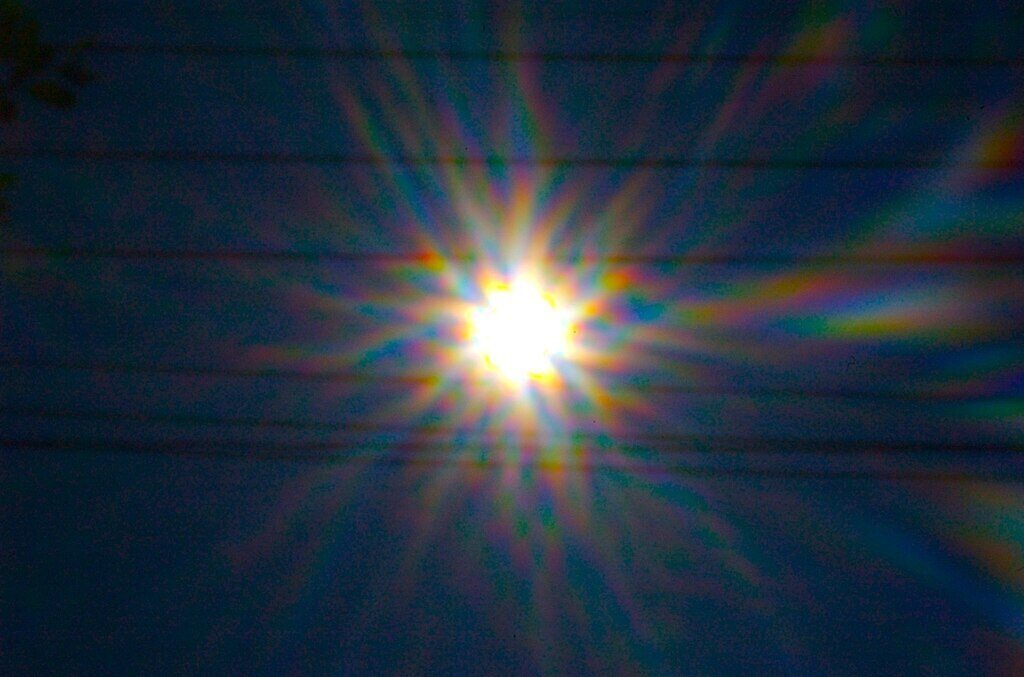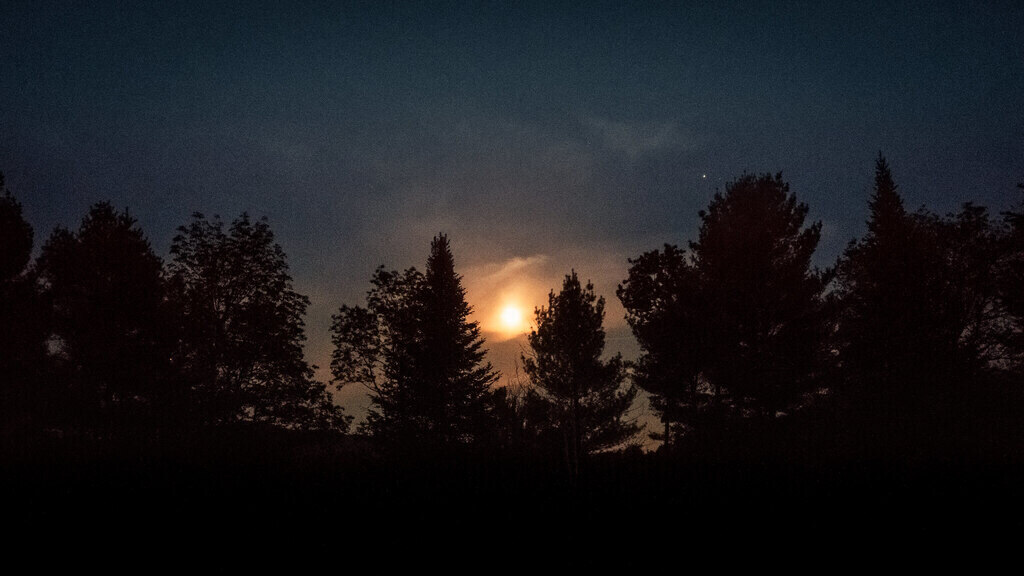|
Getting your Trinity Audio player ready...
|

Planet Earth is going to be hit by a solar storm today, August 3, 2022. Space weather experts announced that there’s a chance a minor G1-class geomagnetic storm could hit Earth. A G1 storm would cause power grid malfunctions. They will impact satellites, and potentially spark auroras in regions around the northern pole — with ‘electric colors’ seen in the skies over Canada and Alaska. This geomagnetic storm is due to a coronal hole in the southwest regions of the sun’s face that is spewing out ‘gaseous material.’ Although the disturbance is one of the weakest of five other classifieds by the National Oceanic and Atmospheric Administration (NOAA).
Coronal holes are areas in the sun’s higher atmosphere. It’s where the sun, or star, electrifies its gas (or plasma) to be cooler and less dense. These holes are also where the sun’s magnetic field lines up, instead of looping back in on themselves constantly, it beams outward into space. This authorizes solar material to surge out in a flood that travels at speeds up to 1.8 million miles per hour or 2.9 million kilometers per hour, according to the Explorium, a science museum in San Francisco.
Astronomers have known back since 1775 that solar activity will soon rise and that they will fall in cycles. But recently, the sun has been more active than ever expected. With nearly doubled the sunspot appearances that were predicted by NOAA. Scientists expect that the sun’s activity will continuously climb higher for the next few years, then it will be reaching an overall highest in 2025 before decreasing all over again. A paper published on July 20th in the journal Astronomy and astrochemistry proposed that they have a new model for the sun’s activity, and will one by one be counting sunspots in each hemisphere — a method the paper’s research workers argue could be used to make more accurate solar forecasts.
Scientists think the largest solar storm ever witnessed during modern history was in the 1859 Carrington Event, which released roughly around the same energy as 10 billion 1-megaton atomic bombs. After colliding with Earth, the powerful stream of solar particles fried telegraphic systems all over the world and caused auroras a lot brighter than the light of the full moon to appear as far south as the Caribbean. If a similar event were to happen today, experts warn, it would cause trillions of dollars in damage on top of triggering widespread blackouts. The 1989 solar storm released a billion-ton plume of gas causing a blackout across the entire Canadian province of Quebec, NASA announced.

Who Would Have Known?
Mike Cook works in space weather operations, he said the hole had enhanced solar wind speeds by aiming and shooting SolarWinds out to the stream. Regarding the G1 conditions, Cook had noted that we would have to see what would actually come true in the next 24 to 48 hours. NOAA’s space weather prediction center classifies geometric storms in the five stages: one being the lowest and weakest and five being the highest and strongest. The impending storm would have very low impacts on the satellites and technologies on Earth. Although it may confuse migratory animals that use Earth’s magnetic field as a navigational tool.
This could cause triggered electric currents in the magnetosphere and ionosphere as the area shaped by Earth’s magnetic field is compressed and disturbed. A C9-class flare could shoot out of the sun on Sunday with small with a few noticeable consequences on Earth, but they’re existing to see. It didn’t erupt on the side of the sun’s side that’s facing the Earth, but it did explode enough to be captured by NASA’s Solar Dynamics Observatory craft that has been investigating our massive star since launching back in 2010.
Written by Zaylah De La Torre
Edited by Sheena Robertson
Sources:
HT Tech: Solar Storm Hitting Earth Tomorrow: Radio Blackouts Expected in Many Regions by HT Tech.
Live Science: Solar storm from hole in the sun will hit Earth on Wednesday (Aug. 3) by Ben Turner
Top and Featured Image Courtesy of cinefil_’s Flickr Page – Creative Commons License
Inset Image Courtesy of Nicholas Erwin’s Flickr Page – Creative Commons License



